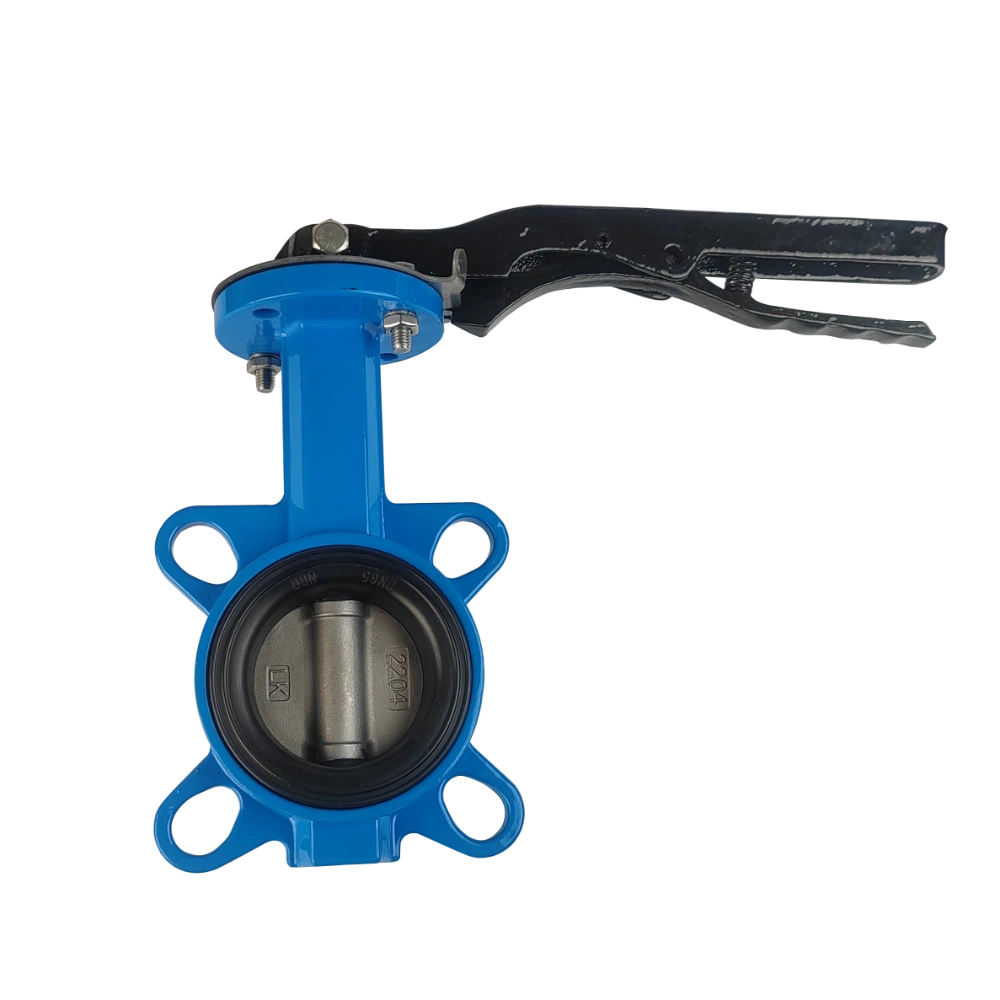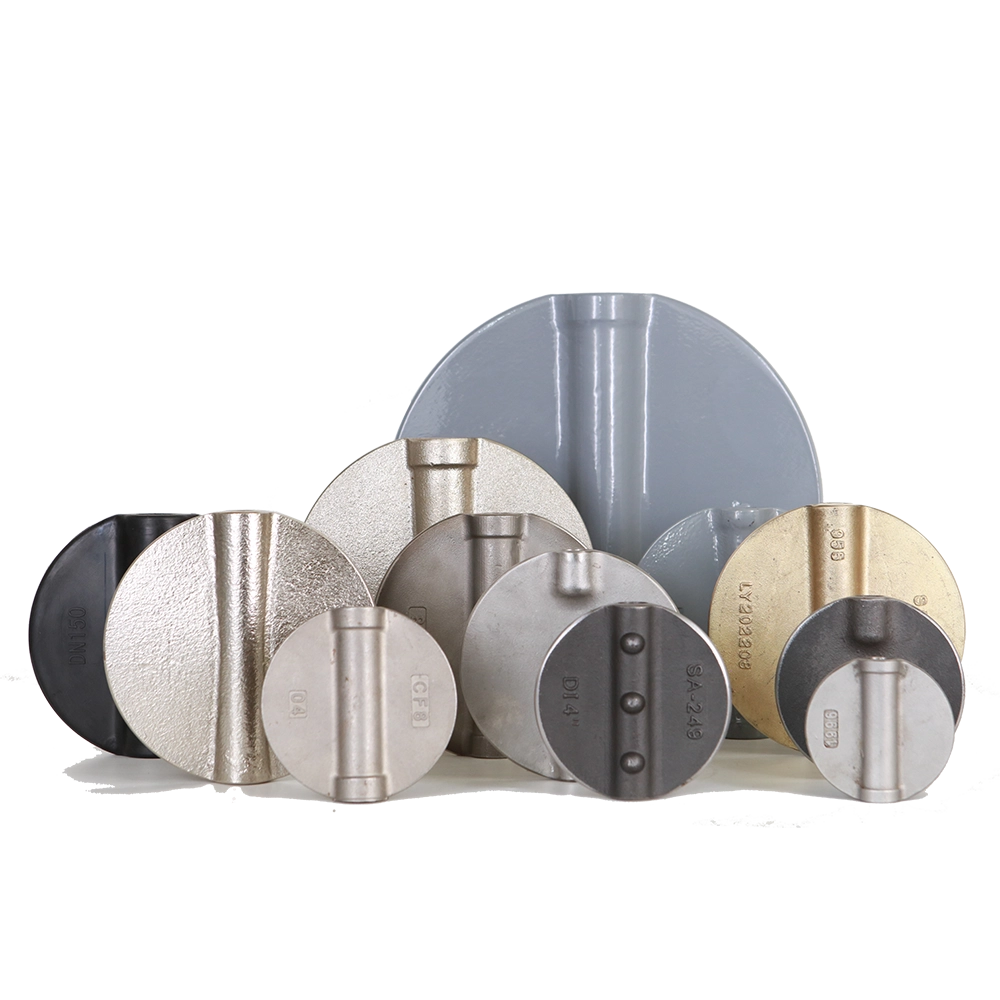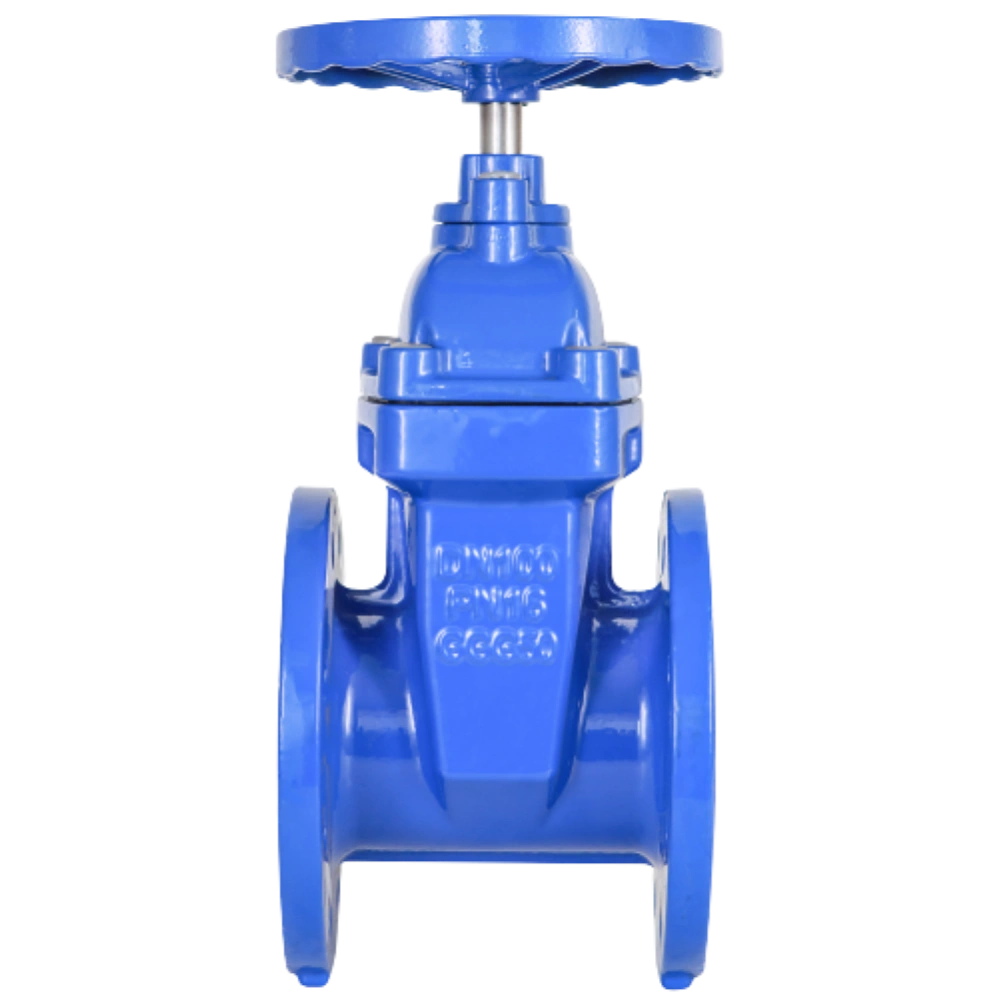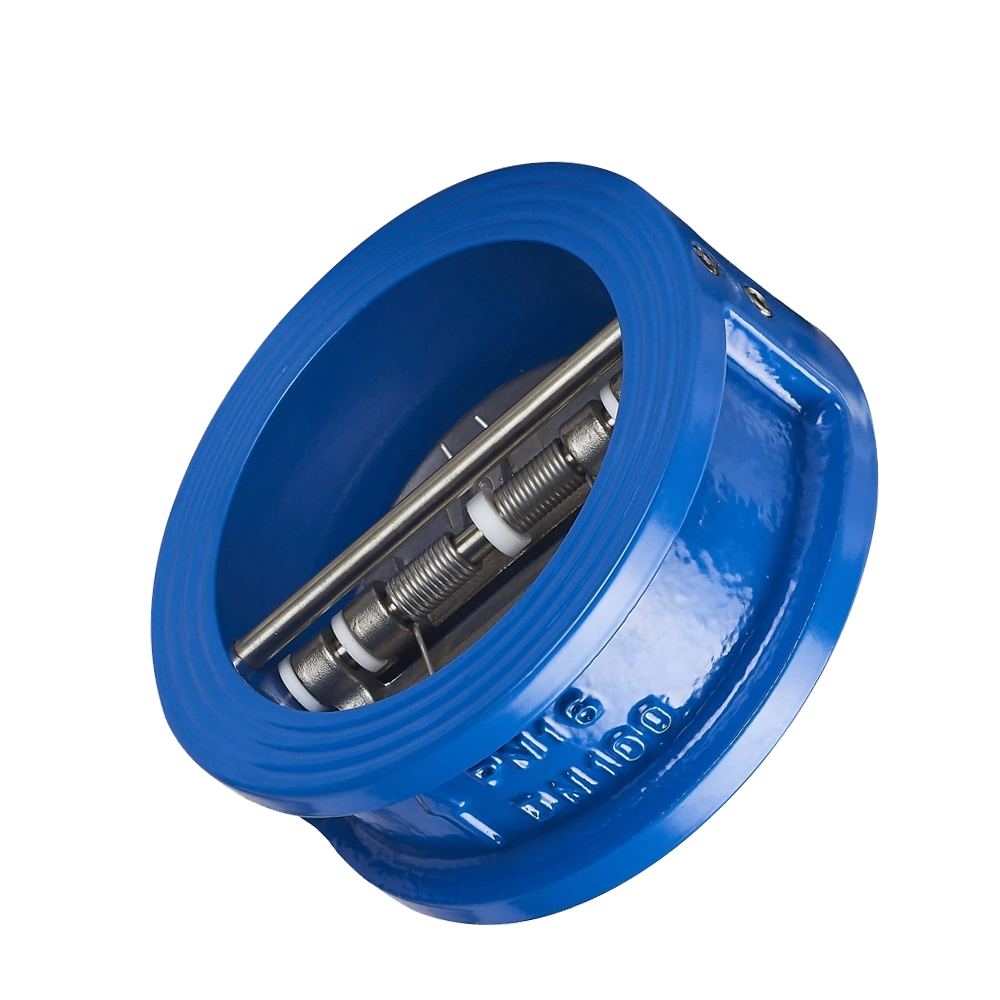Butterfly valves are essential components in a variety of industrial applications and are known for their safety, reliability, and efficiency. Due to their compact design and easy operation, they are widely used in industries such as chemical, oil and gas, water and wastewater treatment.
One of the key aspects of installing and maintaining butterfly valves is to ensure that the correct size, material, and type of bolts are used and the butterfly valve is properly secured.
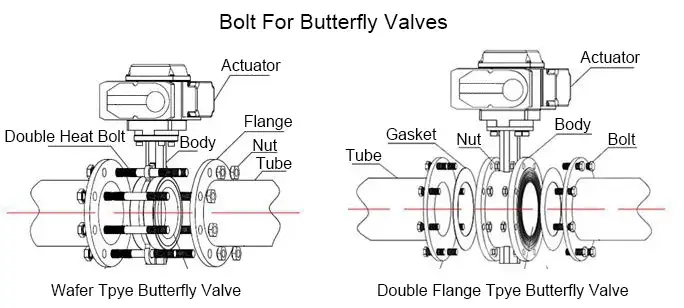
This guide details various aspects of butterfly valve bolting.
1. Understanding Butterfly Valves
Before diving into the details of bolting diagrams, let’s first explain what butterfly valves are, what they consist of, and how they work. A butterfly valve is a quarter-turn rotary motion valve used to start, stop, and regulate the flow of fluids. A butterfly valve consists of a valve body, a disc mounted on a rotating valve shaft, and a sealing seat. When the valve is fully closed, the disc blocks the pipeline. When the butterfly valve is fully open, the disc is parallel to the flow direction of the gas or liquid.
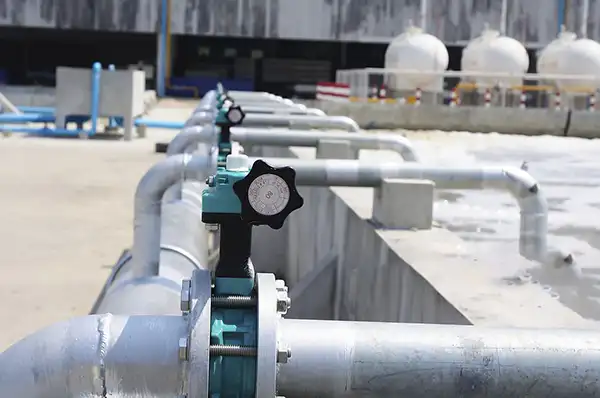
2. The Importance of Proper Bolting Selection
Choosing the right bolts for your butterfly valve is essential to ensure leak-free and reliable operation. The bolts must be strong enough to withstand the pressure of the fluid as well as any external forces that may be applied to the valve. Improper bolt selection can lead to valve failure, leakage, and potentially hazardous conditions.
3. Bolt Types for Butterfly Valves
Depending on the type of butterfly valve and its connection method, different types of bolts may be required:
Bolt selection depends on factors such as valve type, pressure rating and application requirements. The following are the main types of bolts used in butterfly valve installations along with their functions and major considerations.
3.1. Hexagonal bolts
Hex bolts are one of the most commonly used fasteners for flanged butterfly valves. These bolts have a six-sided head and can be easily tightened and removed using a regular standard wrench or socket tool. A variety of materials are available, including stainless steel, carbon steel, and alloy steel, to suit different environmental conditions.
Applications:
Flanged butterfly valves for low to medium pressure applications.
Suitable for general industrial, water treatment, HVAC and chemical processing applications.
3.2. double head bolts
Double head bolts are threaded rods with nuts on both ends and are ideal for high pressure applications. They provide a strong and stable connection, especially where frequent disassembly and reassembly is required.
Applications:
Typically used for flanged or lug butterfly valves in high pressure and high temperature environments.
Preferred in the petrochemical, oil and gas and power generation industries.
Used in situations where maintenance is critical as the nut can be removed without disturbing the valve body.
3.3. U-bolts
U-bolts are curved U-shaped bolts with threads on both ends. They are used primarily for securing pipes or other cylindrical objects, and sometimes for specialized butterfly valve applications.
Application:
Used where additional support is required to hold a valve in place.
Used in piping systems where the valve is subject to vibration or external forces.
Sometimes used in the marine and offshore industry for securing piping to structures.
3.4. Anchor bolts
Anchor bolts are designed to secure butterfly valves to a strong foundation and prevent movement or displacement during operation. They are particularly useful in large industrial applications where valve stability is critical.
Applications:
Used for large diameter butterfly valves mounted in a fixed position.
Commonly used in water treatment plants, heavy industrial systems and structural applications.
Helps prevent valve movement due to pressure fluctuations, thermal expansion or mechanical forces.
4. Butterfly Valve Bolt Chart
The Butterfly Valve Bolt Diagram provides detailed information on bolt sizes, types, and materials suitable for different valve sizes and applications.
| Nominal Diameter (DN) | Flange Type | Bolt Quantity(pcs) | Bolt Size | Torque (Nm) |
| DN50 (2″) | ANSI 150 | 4 | M12 | 20-30 |
| DN80 (3″) | ANSI 150 | 4 | M16 | 40-60 |
| DN100(4″) | ANSI 150 | 8 | M16 | 40-60 |
| DN150(6″) | ANSI 150 | 8 | M20 | 70-100 |
| DN200(8″) | ANSI 150 | 8 | M20 | 70-100 |
| DN250(10″) | ANSI 150 | 12 | M20 | 70-100 |
| DN300(12″) | ANSI 150 | 12 | M24 | 100-150 |
| DN400(16″) | ANSI 150 | 16 | M24 | 100-150 |
| DN500 (20″) | ANSI 150 | 20 | M24 | 100-150 |
| DN600 (24″) | ANSI 150 | 20 | M30 | 150-200 |
| DN700 (28″) | ANSI 150 | 24 | M30 | 150-200 |
| DN800 (32″) | ANSI 150 | 24 | M30 | 150-200 |
| DN900 (36″) | ANSI 150 | 28 | M36 | 200-250 |
| DN1000 (40″) | ANSI 150 | 28 | M36 | 200-250 |
| DN1200 (48″) | ANSI 150 | 32 | M36 | 200-250 |
*Valve size: The nominal diameter of the valve, usually in inches or millimeters.
*Bolt size: The diameter and length of the bolts required to secure the valve.
*Number of bolts: The total number of bolts required to secure the valve flange.
*Bolt material: The material of the bolts, which may vary depending on the application and the transported media (e.g., stainless steel, carbon steel, alloy steel).
-Stainless steel (SS304/SS316): Excellent corrosion resistance; suitable for water treatment, chemical, and marine applications.
-Carbon steel: An affordable option for non-corrosive environments.
-Alloy steel: High strength and durability for demanding applications.
–Brass or bronze: Suitable for specific chemicals or low-pressure systems.
* Bolt torque specifications: Recommended torque values for tightening bolts to ensure proper sealing without damaging the valve or flange.
5. Butterfly Valve Bolt Installation
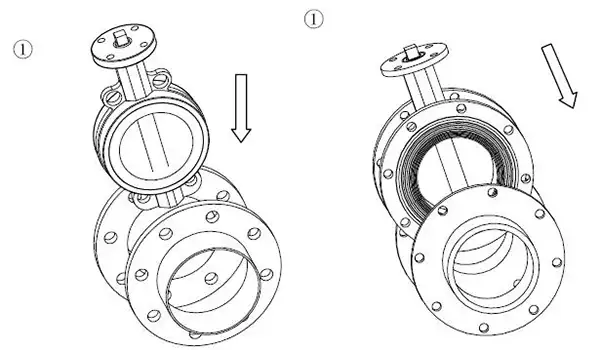
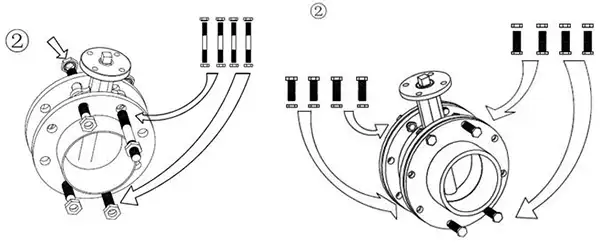
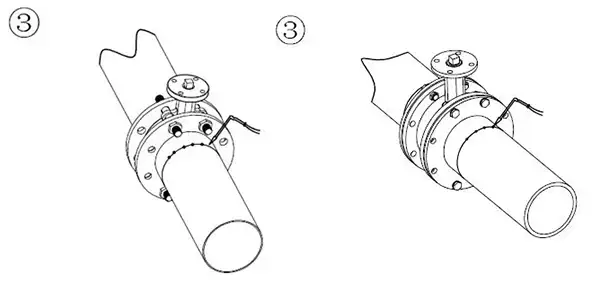
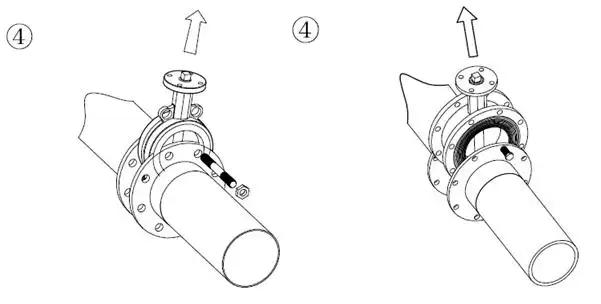
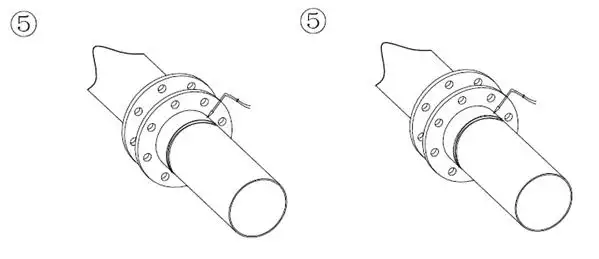
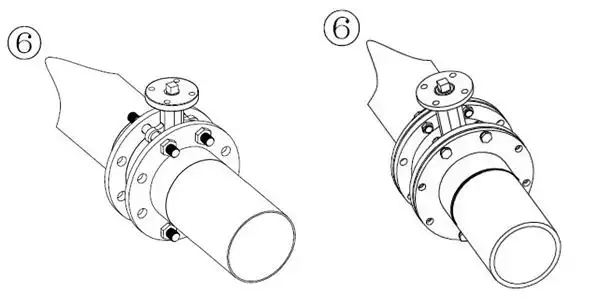
6. Notes on Butterfly Valve Bolt Chart
When using the butterfly valve bolt chart, be sure to consider the following factors:
– Application environment: Conditions such as temperature, pressure, and type of fluid being handled will affect bolt selection.
– Material compatibility: Ensure that the bolt material is compatible with the valve body and media to prevent corrosion and ensure service life.
– Maintenance requirements: Regular inspection and maintenance are required to check for looseness or wear of the bolts.
Warm Tips: Common Mistakes to Avoid When Using Bolts
Incorrect bolt size: May result in improper sealing or valve damage.
Overtightening: There is a risk of deformation of the valve or flange.
Undertightening: May cause bolts to leak or loosen.
Ignoring material compatibility: Leads to accelerated corrosion or failure in harsh environments.

